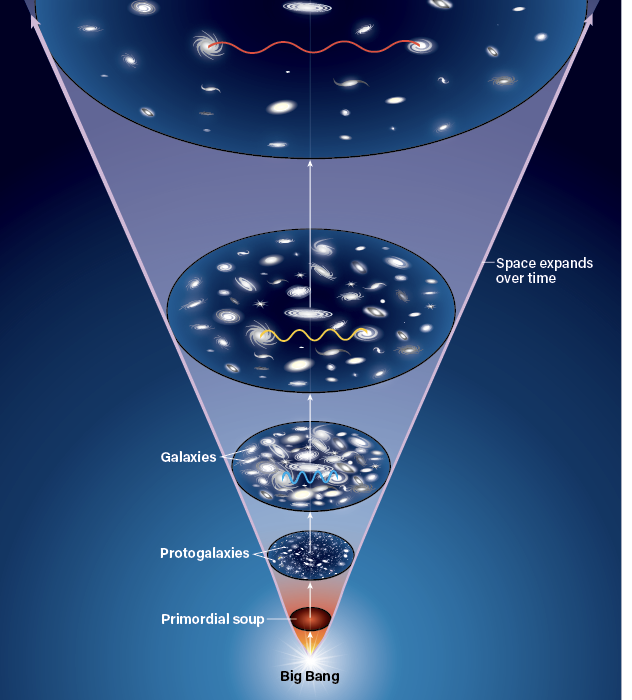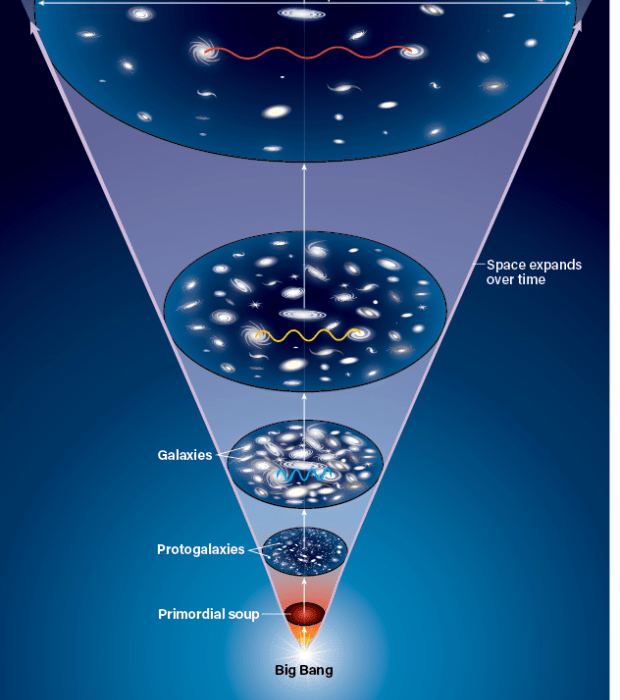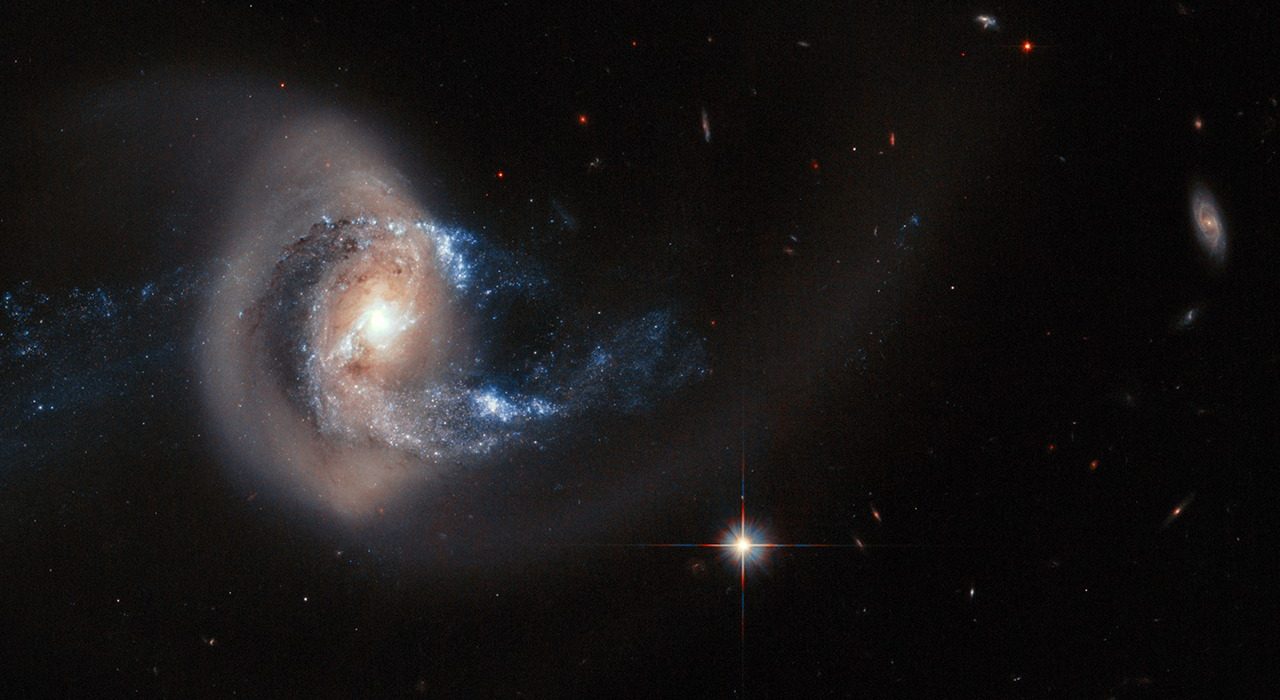Could Psyche be the core of the planetesimal that crashed into Earth and formed the Moon?
Return to article list Psyche has a nearly circular orbit in the asteroid belt, so it is unlikely to have come close to Earth. The metallic asteroid Psyche, shown in this artist's concept, may be the exposed iron-nickel core, or a fragment of one, of a larger object in the early stages of the solar










